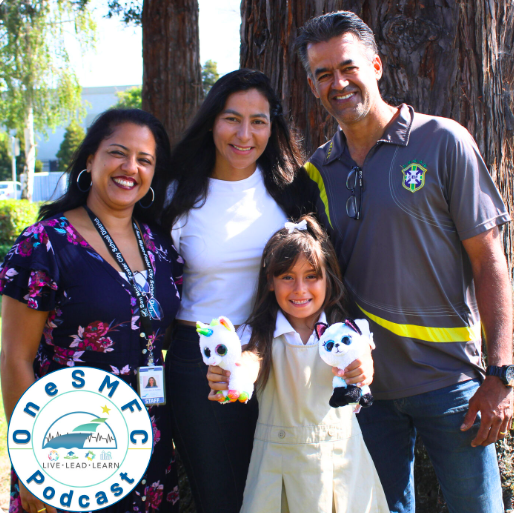
By Eugene Narciso, COO Footsteps2Brilliance
Meet Beatriz, a multilingual student in San Mateo-Foster City School District (SMFCSD). She and her family immigrated to California from Brazil in February 2023. She enjoys science and loves to sing Itsy Bitsy Spider with her mom. Beatriz started school with limited English language skills. Within only 30 days, she was functioning successfully in her English-only classroom. How?







